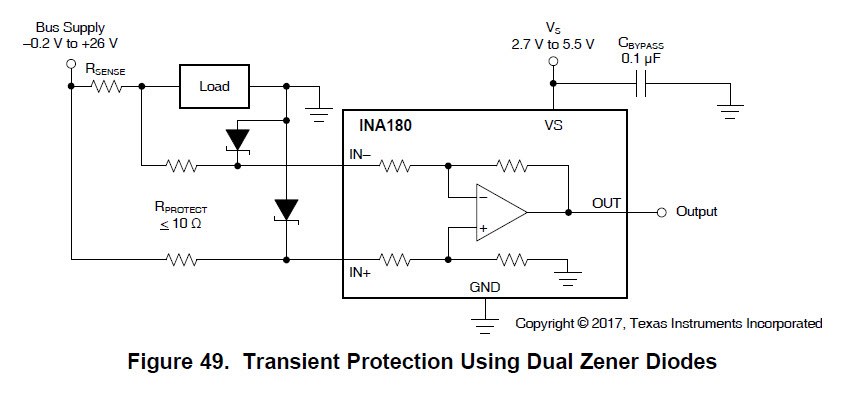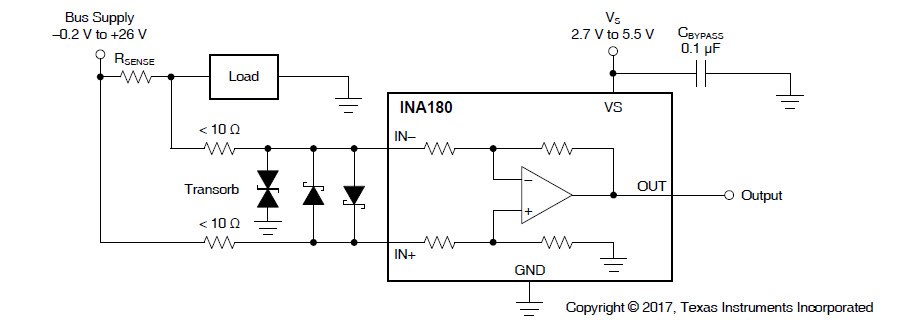Other Parts Discussed in Thread: TIDA-00302,
Dear All ,
I am working on a Current sense application of and control circuit for a solenoid valve in an Automotive application ,The Control Circuit has a Free wheeling Diode and snubber circuit in parallel to the solenoid coil.
From the data sheet( page 25) I would like to implement the circuit as shown in attached picture and would like to ask a few questions with the hope of some advice or guidence
(1) from simulation of the Solenoid and Freewheeling diode I can expect a Inductive voltage spike of around 16-18V (with out Free wheeling Diode it is above 30V ,what should I use for the protection zener diodes D2/D3
I think 18V ?
(2) Is my implementation of the Diodes correctly place and connected the datasheet recommend resistor values smaller than 10 Ohm will 4.7 Ohm be OK ?
EDIT: I also would like to know if there is a specific Zener diode series to be used (which has the correct reaction Times) or would any standard Zener series work such as the BZX55C(500mW) ?
Thank you very much for any guidance it is highly appreciated




